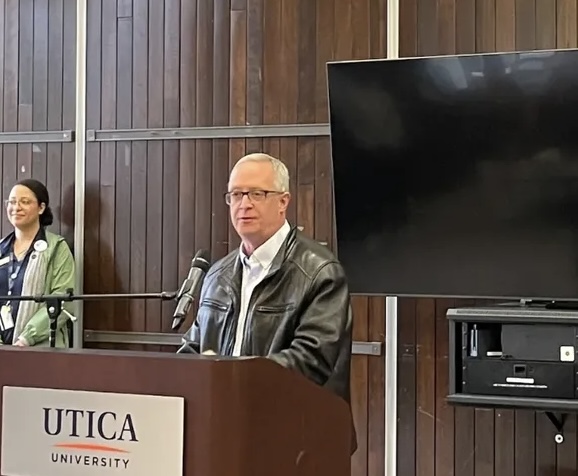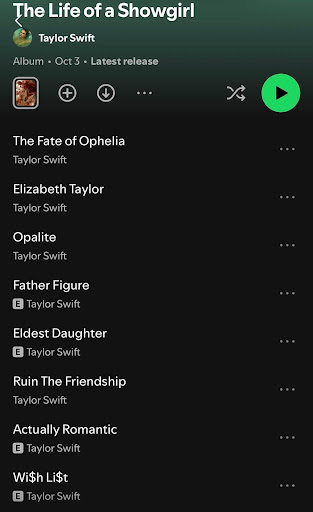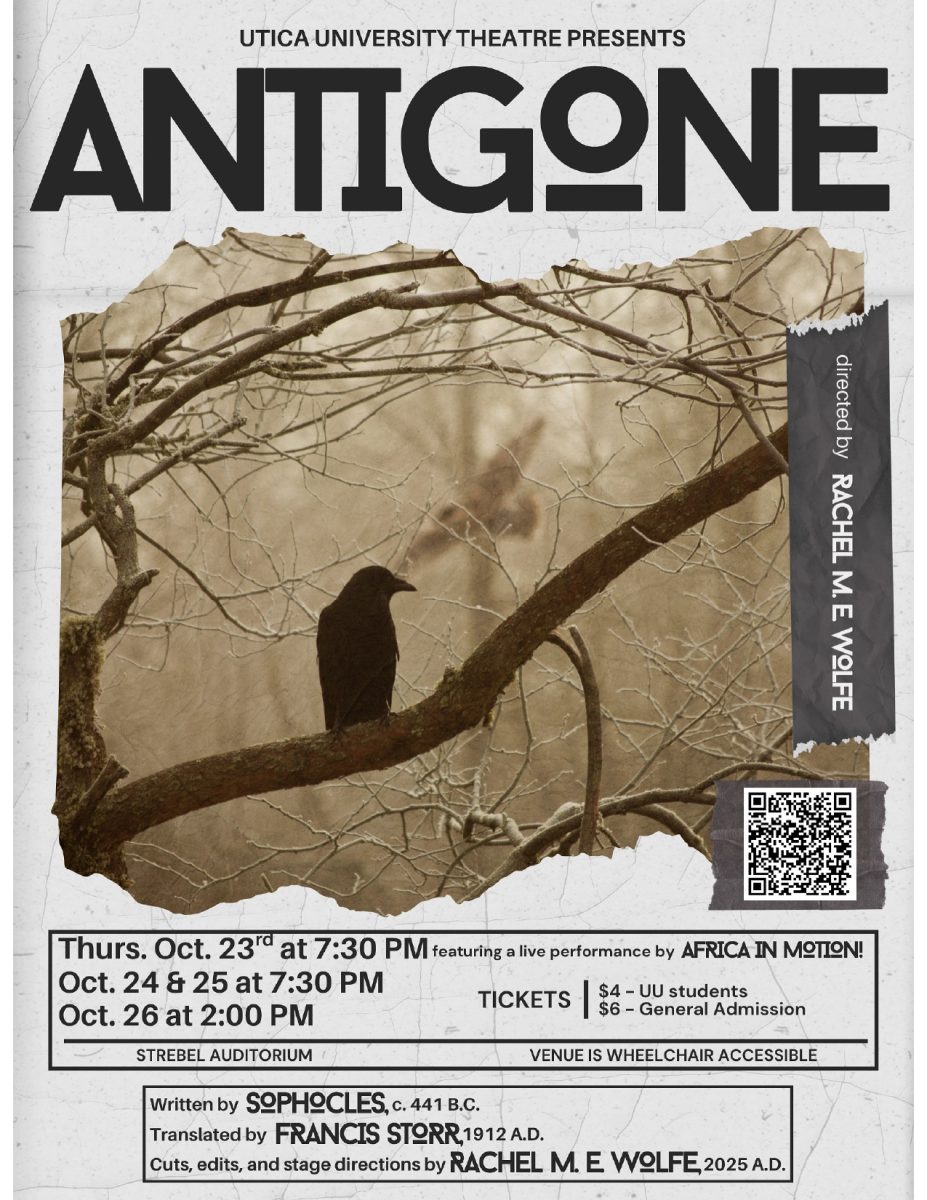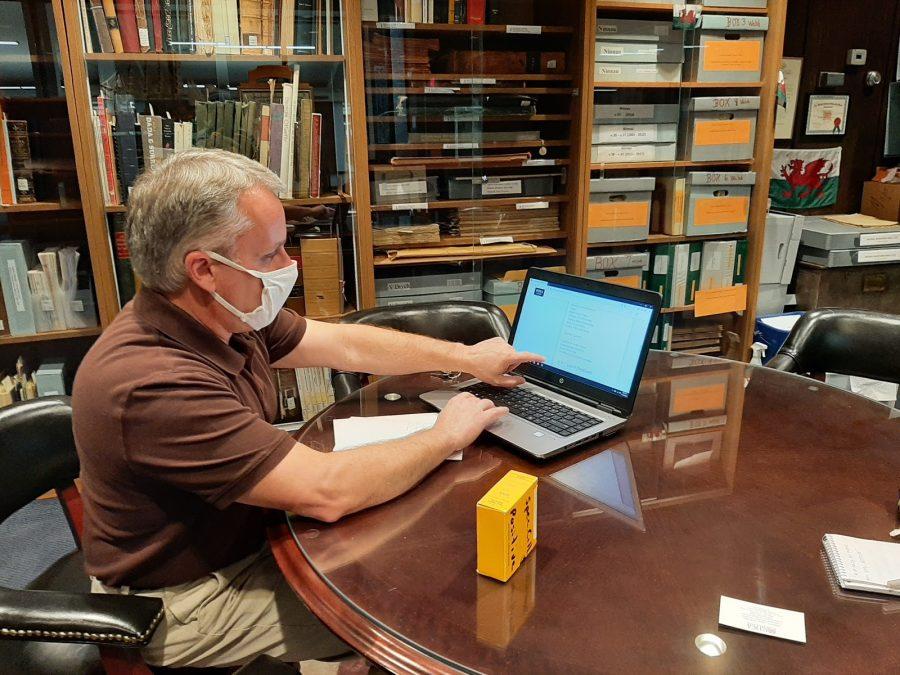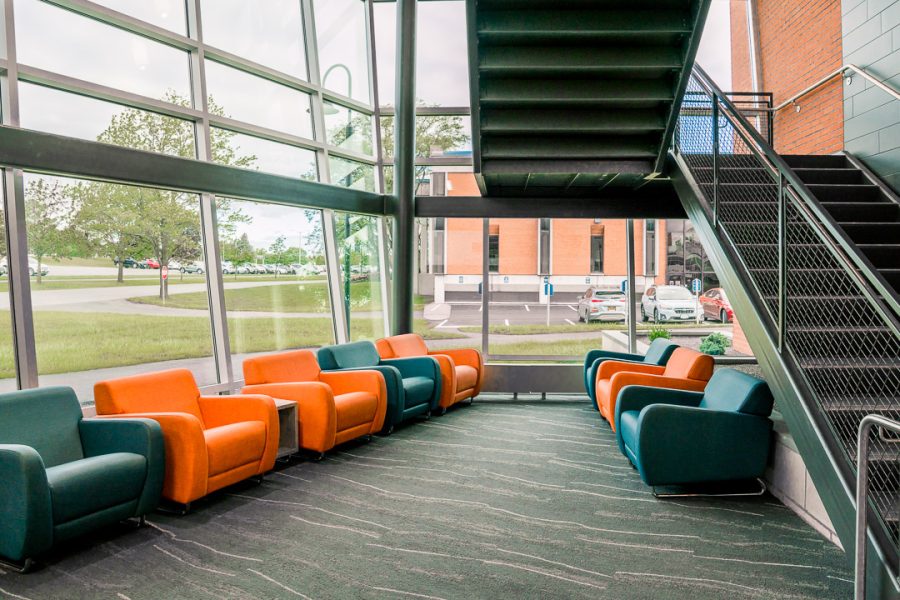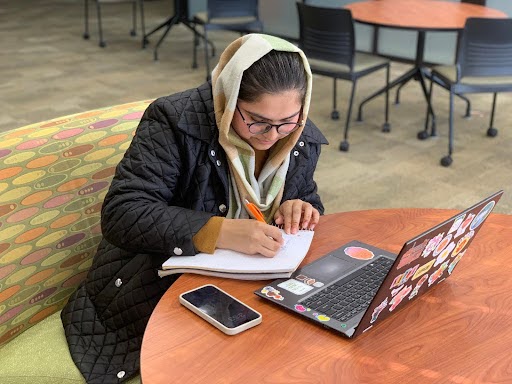The Tangerine, which is as old as Utica College itself, recently had issues from 1946 to 2012 digitized, thanks to the Utica College Library. Issues from 2012 to 2020 will also be made available online in the next part of this project.
The project was achieved through two grants from the CNY Library Resources Council. The issues from 1946 to 2012 were digitized first because they were preserved through the library on microfilm.
Librarian Herbert LaGoy led this project and worked through arranging, writing and organizing grants to make this a reality for the Utica College community.
LaGoy explained the history of preserving The Tangerine, and why this project was needed to adapt to modern needs. Despite being a good tool for preservation with a long-predicted shelf life, microfilm – which was used to preserve The Tangerine – began to decline in popularity in the late 1990s and many microfilm companies went out of business in the 2000s, according to LaGoy.
Eventually, Utica College was left without its regular microfilm company, continuing to preserve The Tangerine on microfilm would have been costly, and any new microfilm companies would likely cease in operation when The Tangerine would need to be put on microfilm again. It was at this point that LaGoy was informed that there may still be a way to preserve The Tangerine as an important college resource.

“The library Dean informed me that the CNY Library Resources Council [CLRC] offered grants for digitization,” LaGoy said. “The CLRC offers digitizing grants to libraries in New York that have materials with historical significance and research value.”
The project consists of multiple organizations working together, noted LaGoy. The CLRC distributes the grant funding, the Northern New York Library Network actually digitizes the content and the Empire State Library Network hosts the paper online. That leaves Utica College to distribute The Tangerine on microfilm for digitization. In the very near future, the library will complete digitizing the issues of The Tangerine that are not on microfilm, the issues from 2012 to the spring of 2020.
“Digitizing work began last month and is projected to end in the spring of 2021,” LaGoy said. “There will be a difference between the two phases because of the difference in microfilm and print. With microfilm, legibility is decreased and color is omitted, whereas digitizing directly from the print will result in greater legibility and it will capture color.”
Overall, LaGoy is proud of the work this project has achieved and its application in helping the Utica College community.
“We are making the material more widely accessible,” LaGoy said.
The sentiment of making The Tangerine into a more accessible historical resource is shared by many who are either directly or indirectly connected to this project.
Professor Mary Christopher, who is the current adviser of The Tangerine as well as a former staff member at the paper, is enthusiastic about the digitization and hopes students realize the long history the newspaper has with the college. Both The Tangerine and UC will celebrate their 75th anniversary next year.
“It’s a wonderful resource for the college,” Christopher said. “Many of our alumni have an affinity for The Tangerine so I think they will enjoy looking up stories that would have happened during their time here or finding articles they might have written themselves. It will be a treasure trove of information for the whole college community.”
Anne Flynn, the archive coordinator for the Utica College Library, is optimistic about the digitization, especially in regards to its use as an accessible historical database.
“Digitization of previous issues of the Tangerine makes them easily accessible,” Flynn said. “Prior to the digitization, copies could be found on microfiche in the library and paper copies in the archives. There were no search mechanisms available and information seekers would need to search the Tangerines manually. Now that they are digitized, the information is available at a high speed and the need to do a manual search is not required, which could be very time-consuming.”
Flynn also said that the digitization of The Tangerine creates an environmentally friendly, disaster safe reserve of the college’s paper that can be used by anyone from students working on research projects to alumni wishing to reflect on the past, all from the comfort of their own computer. Additionally, Flynn said that the college archives will continue to store the paper copies for anyone wishing to view the paper in its original form.
COVID-19 has made a physical newspaper an impossibility this year due to the risk of spreading the disease. For many years, The Tangerine has published online, as well as printed, and – in the face of the pandemic – has recently developed an online “print” edition, similar to the now digitized copies of the previous editions. Because of this, digitization of The Tangerine ends with the issues from the spring of 2020.
The library is, however, looking to do more digitization projects in an increasingly digital world.
“The library is leaning toward digitizing the college’s yearbooks,” LaGoy said.
To access the digitized issues of The Tangerine, go to the Utica College library website and look under “Special Content” in “Find Databases,” or follow the link: The Tangerine.


